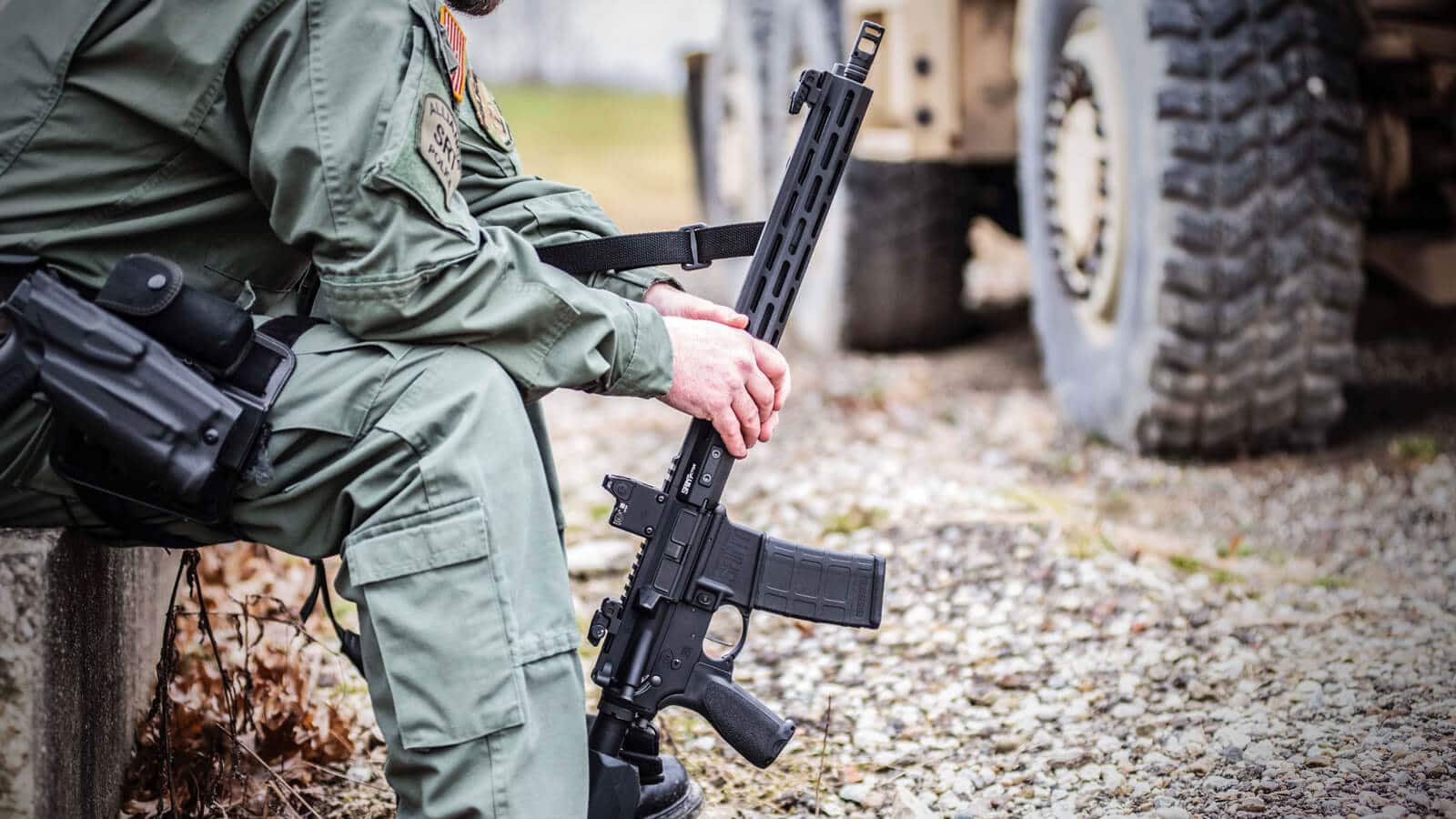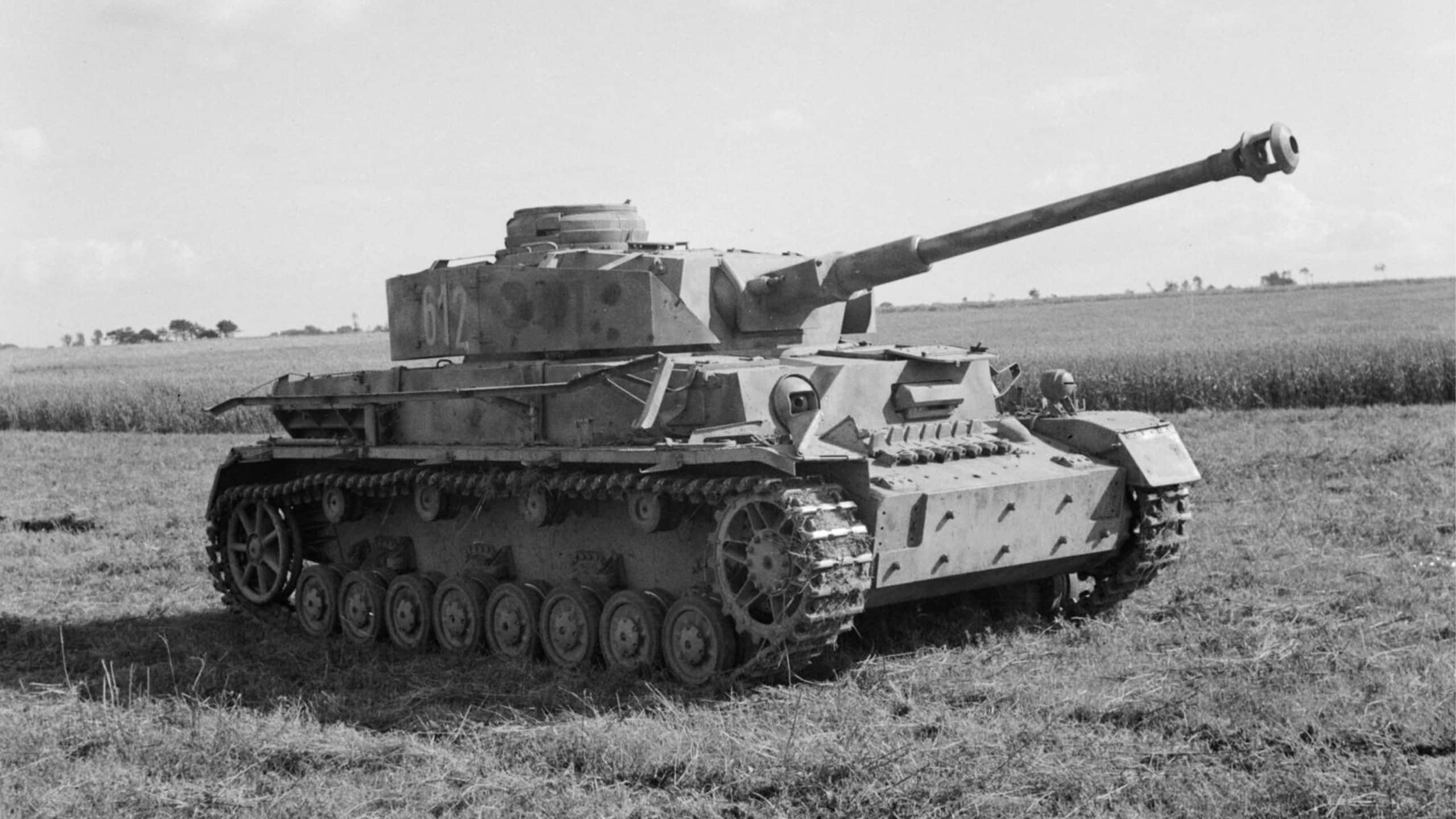Tech Wisdom: A Brave Front

My wife and I have “his and hers” Ruger SP101s chambered in .357 Mag., although we only shoot .38 Spl. ammunition in them because of the recoil from the magnum loads.
We are both retired fire department employees which, as you might imagine with our aging eyes, makes it difficult for us to differentiate the front sight from the rear notch when target shooting. We have come to suspect the little Rugers are way more accurate than we can shoot them.
Recently, we took a low-light training class and realized that we could not see the sights at all in reduced-lighting conditions. Since we keep these guns in the bedroom for personal protection, it became apparent that we needed night sights in order to get the revolvers pointed at a target, even in a confined area such as our room.
Additionally, I have a Ruger LCR chambered in 38 Spl. +P that I carry in my right-front pocket every day. I painted the front sight fluorescent yellow so I could see it, which has worked sufficiently for my purposes. Since we are going to put night sights on our SP101s, I figured I might as well put night sights on the LCR as well.
Finally, are there different color night sights from which we can choose? I like my fluorescent yellow, but my wife thinks that fluorescent red would be a better option for her.
Fred and Emma, via e-mail
Fortunately, there are a few options to take you where you want to go depending on your ultimate color preferences for the area surrounding the actual tritium vial itself.
I am aware of several different manufacturers that produce night sights for the Ruger SP101 revolver. They are, in no particular order, XS Sights, Trijicon, Hi-Viz, Novak and Meprolight.
With the exception of XS Sights, the others are designed to be viewed through the fixed rear-sight notch on the topstrap of the revolver, getting the sights aligned to get the revolver pointed at the target.
That works fine for the shooter who has the visual acuity to differentiate the outline of the front sight through the outline of the rear notch for a conventional sight picture. For those of us who are past midlife, however, the sharpness of those sight outlines tends to merge with
one another.
Some options from XS Sights feature a larger dot, which actually sits on top of the notch as opposed to down in the notch for the proper sight picture. A real advantage of this is that it allows the eye to see the dot tangent to the topstrap while superimposing the dot over the target area as one would an electronic red-dot sight for center hits.
For those familiar with the conventional sight picture of aligning the sights on the target to get hits in the desired location, use of the XS Sights requires a different, but easier visual perspective to realize hits in the intended area on the target.
On the gun, the front-sight dot should appear to be touching the topstrap of the revolver much like the sun as it touches the earth as it is setting, just before it starts to disappear below the horizon.
Centering the dot left and right on the topstrap with the dot tangent to the topstrap gives the needed windage and elevation to have the shots impact on the target at the spot where the dot appears on the target.
It is a pretty simple process to focus the eye on the easy-to-see dot, keeping a peripheral awareness of the relation of the dot to the topstrap of the gun, while superimposing the dot over the outline of the target and pulling the trigger to get desired hits in the expected location. This is often referred to as “floating the dot and shooting the shot,” because the gun is never perfectly still, especially in a defensive situation.
XS Sights come in several colors to include a red/orange to suit your wife and a yellow/green to suit your visual tastes. Although the LCR sights are different than the SP101 sights, the color options are similar enough to meet your criterion.
Whether you choose the XS Sights or one of the other quality brands, installation is much the same. There may be some light filing to get the sight to fit in the slot on the SP101 barrel. Once it is firmly seated, a hole needs to be drilled for reinstallation of the roll pin that held the original front sight securely in position. Threadlocker can also be used as an additional means of holding the sight in place. The LCR is slightly different, but just as easy to remove the original sight and replace it with a night sight.
Each manufacturer has easy-to-follow instructions as how to get the best results with their product. If you are at all concerned about your ability to properly install the sight, a professional gunsmith can do so easily.
Once you get your sights installed, it would be smart to practice with the guns regularly—utilizing both dry practice and visits to the range—so the sight picture and trigger pull become second nature, just in case you hear something go bump in the night.







